Should you buy the Rapthor Rechargeable Ni-MH Batteries for the XBox One Controller
In this video, we unbox and test out the Rapthor Rechargeable Ni-MH Batteries for the XBox One controllers.
Over the years I have used and played many different systems. Be-it from Nintendo, Sega, or Sony, I've had a wide interest in systems. One of the systems that I never really took to was the XBox line. One of the major reasons why I've not done much with these systems has been the controller. While I've never been a huge fan of the shape and size of them, one of my biggest critiques has been the battery setup in both the 360 and the XBox One controller. It always seemed like the batteries were needing frequent replacement or recharging, and the need for optional rechargeable batteries was a bit of a turn-off for me.
Enter Rapthor, who make many different batteries and accessories for different systems and controllers. Rapthor is also affiliated with Lepow, makers of the 15.6" portable gaming monitor we've features on the channel. They sent us two of their Ni-MH Battery Kits, one which was 2500mAh and one that was 2800mAh, to check out. Compared to the OEM rechargeable batteries for the XBox, which are 1400mAh, these are considerably higher capacity and should yield longer playtime per-charge.
Both kits include 2 batteries, one battery charger, and a USB-C charging cable. I was impressed that the charging cable was USB-C and not Micro USB, as USB-C can handle higher current loads which translates into faster charging periods. You'll need provide your own AC power supply, which is a bit disappointing, but I have so many power bricks I was able to power it without much of a hassle. I used a 5V/2A output AC adapter myself, which worked just fine.
The charger is identical between both kits. Coming from the RC world, I have used so many battery chargers it's kinda silly. The chargers feature 2-color LEDs. They are red when the batteries are charging, and Green if the batteries aren't installed or if they are installed and fully charged. Each charger can charge 2 battery packs at once, and thankfully the chargers have a built-in smart charge protection fully protects the batteries from over charging, reverse polarity, short circuit, over-current, over-voltage, or over-heating.
One thing to be aware of, unlike LiPo or LiIon batteries, Ni-MH batteries will get warm to the touch when charging, and the Rapthor batteries are no different. Now, they won't get warm enough to burn you, but you should be careful handling a freshly-charged pack. This isn't a default of the batteries, this is the nature of Ni-MH batteries.
Charge time took about 90-minutes from the box, and subsequent charges were about what you'd expect based on usage. As expected, the 2800mAh batteries had a bit more playtime per-charge than the 2500mAh did. The extra capacity does add a little more weight to the batteries compared to the stock 1400mAh batteries.
Why it RoX:
- 2 batteries & charger under $20
- Considerably larger capacity than stock
- USB-C power cable included
- 2 LED colors indicate charge status
- Charges 2 batteries at once
- Can be charged in the controller as well
What Could be Improved:
- Power supply not included
- Ni-MH inferior to LiIon or Li-Po batteries
- Can be warm to the touch after charging
Should You Buy Them?
If you use XBox controllers, break free of alkaline batteries and go rechargeable, you'll be happier for it. The Rapthor batteries do a good job at replacing the stock AA's or even the Charge & Play kit from Microsoft themselves. At 2500mAh or 2800mAh capacity, you definitely get more playtime per charge. While Ni-MH isn't the latest in battery tech, it's proven and works well, but they are not as good as a LiPo or LiIon battery. At the same time, Ni-MH packs are also less expensive to produce, which reduces costs to the consumer. The value provided here makes them worthwhile for you to check out.
#Xbox #Controller #Battery
The footage used in this review are used under the Fair Use laws, referenced below:
https://www.law.cornell.edu/uscode/text/17/107
In determining whether the use made of a work in any particular case is a fair use the factors to be considered shall include—
(1) the purpose and character of the use, including whether such use is of a commercial nature or is for nonprofit educational purposes;
(2) the nature of the copyrighted work;
(3) the amount and substantiality of the portion used in relation to the copyrighted work as a whole; and
(4) the effect of the use upon the potential market for or value of the copyrighted work.
The fact that a work is unpublished shall not itself bar a finding of fair use if such finding is made upon consideration of all the above factors.
(Pub. L. 94–553, title I, § 101, Oct. 19, 1976, 90 Stat. 2546; Pub. L. 101–650, title VI, § 607, Dec. 1, 1990, 104 Stat. 5132; Pub. L. 102–492, Oct. 24, 1992, 106 Stat. 3145.)
-
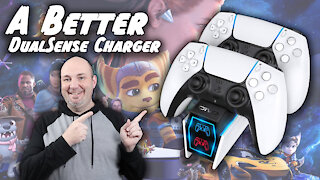 15:05
15:05
RoXolidProductions
3 years agoShould You Buy the Oivo PlayStation 5 DualSense Controller Charging Stand
44 -
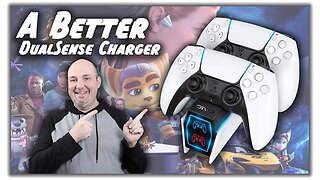 15:05
15:05
RoXolidProductions
3 years agoShould You Buy the Oivo PlayStation 5 DualSense Controller Charging Stand
6 -
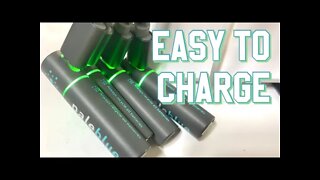 2:27
2:27
Peter von Panda
3 years agoEasiest Rechargeable AAA Batteries Review
69 -
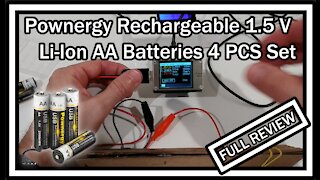 10:06
10:06
ALLCHECKOUT
3 years agoPownergy Rechargeable 1.5V Li-ion AA Batteries 4 PCS Lithium 2960mWh 1000 FULL Review
109 -
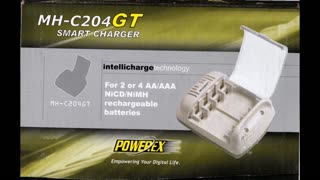 13:21
13:21
MTandiZ
3 years agoPowerex Smart Charger with Rechargeable AA NiMH Batteries 1.2V 2600mAh 8 Pack (06-23-2020)
83 -
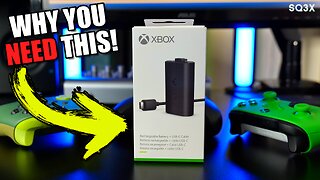 3:23
3:23
OFFICIAL SQ3X/Sasquatch3X Gaming Rumble Channel
9 months ago $0.01 earnedXBOX Official Rechargable Battery for XS Controllers 🔥 EVERYTHING YOU NEED TO KNOW
27 -
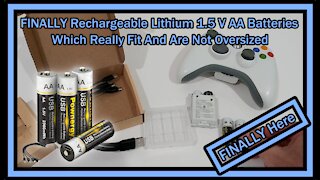 4:53
4:53
ALLCHECKOUT
3 years agoFinally Rechargeable (Lithium) 1.5 V AA Batteries Which Really Fit And Are Not Oversized !
53 -
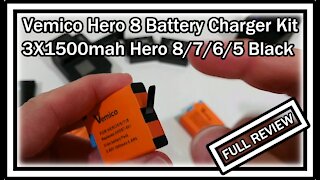 10:50
10:50
ALLCHECKOUT
3 years agoVemico Hero 8 Battery Charger Kit 3X1500mah Hero 8/7/6/5 Black Replacement Batteries FULL REVIEW
43 -
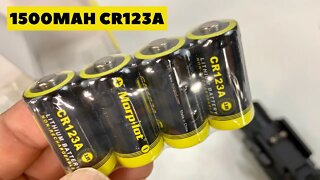 1:30
1:30
Peter von Panda
4 years agoCheap Long Lasting 1500mAh CR123A Batteries
69 -
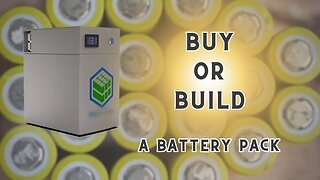 20:20
20:20
Dave and Sonya in Michigan
10 months agoBuy or Build a Battery Pack
40